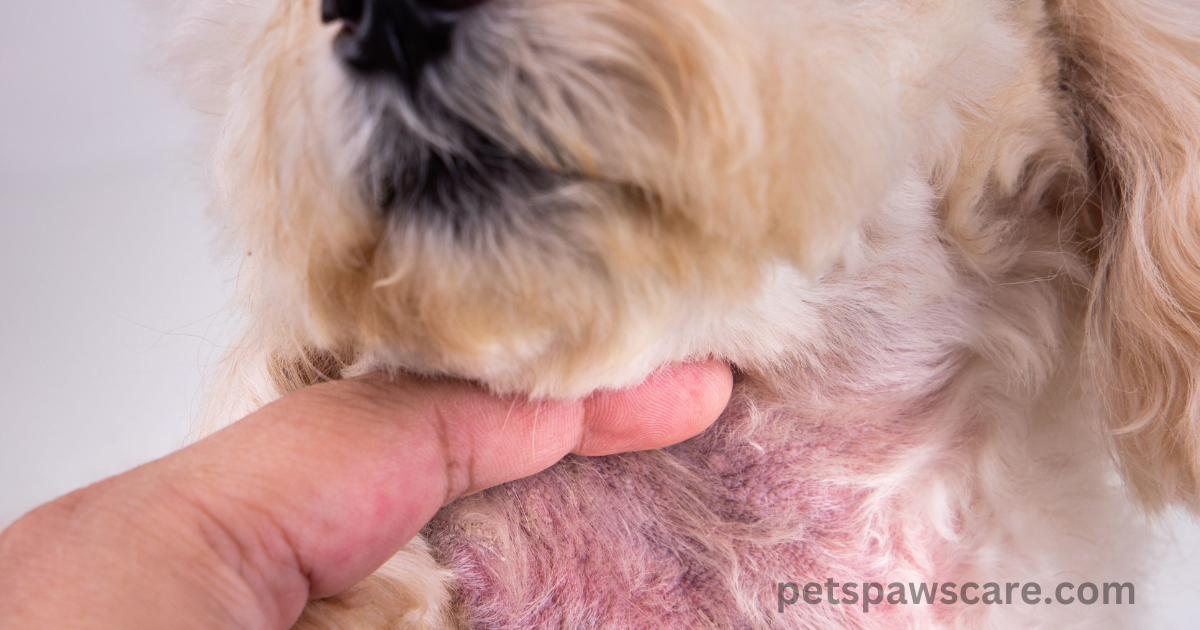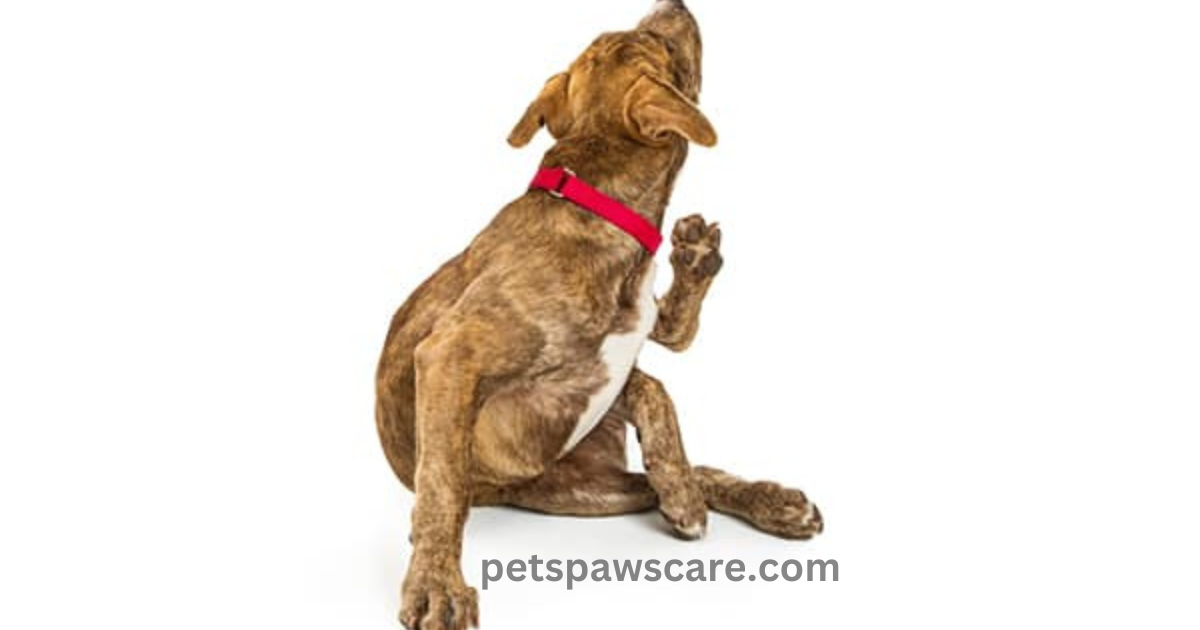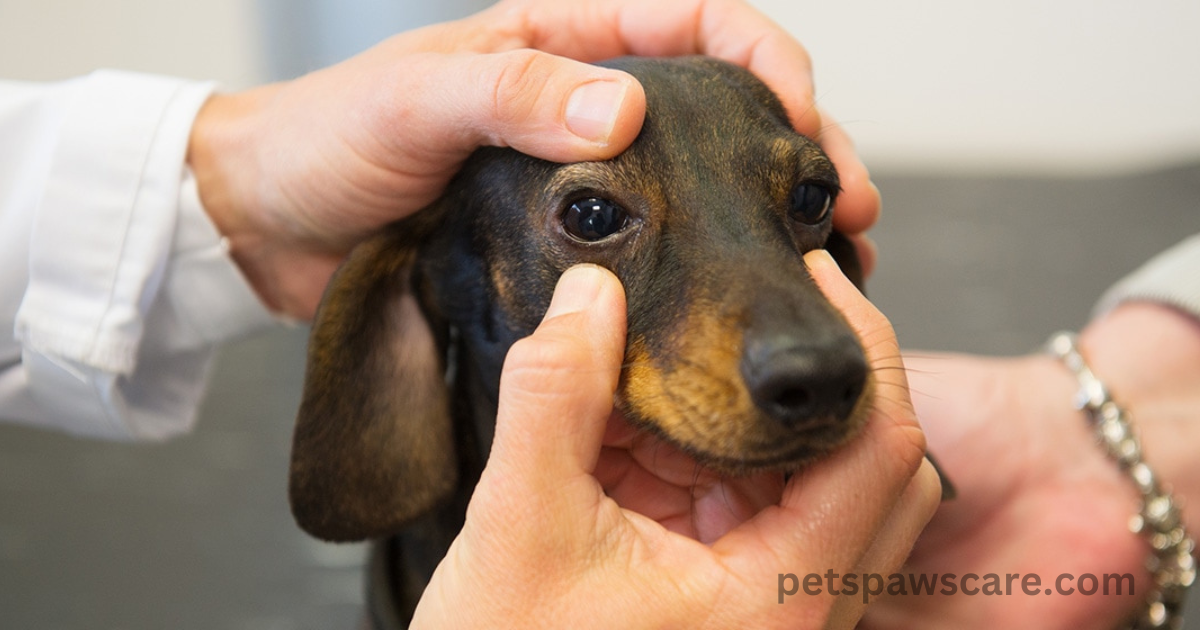Dog Allergies: Types and Treatments
Dogs, just like people, can have allergies. Spotting the signs early is essential so your dog can stay happy and healthy. Dogs usually have three kinds of allergies: skin, food, and environmental. Sometimes, the symptoms look the same, but knowing what to look for helps you find the proper treatment. This guide will explain each type, what causes them, and how to help your dog feel better.
What is an Allergy?
An allergy is when the body’s immune system reacts too strongly to something harmless. For dogs, things like Pollen, dust, specific foods, or flea bites can trigger an allergic response. This reaction happens because the body thinks these harmless things are dangerous. As a result, the dog might itch, sneeze, have an upset stomach, or show other symptoms. By finding out what’s causing the allergy, you can choose the proper treatment to help your dog feel better.
Can Dogs Have Allergies?
Can dogs have allergies? Yes, they can! Dogs can be allergic to pollen, mould, dust mites, certain foods, flea bites, or even ingredients in their grooming products. Many dogs deal with allergies, and it’s important to know what triggers them so you can help your pet feel better.

Types of Allergies:
Dogs can have different types of allergies. Here’s a simple explanation:
- Environmental Allergies: These come from pollen, mold, and dust. Dogs may itch or sneeze more during certain times of the year because of these.
- Food Allergies: Dogs sometimes react to foods like beef, chicken, or wheat. This can upset their stomachs or make their skin itchy.
- Flea Allergy Dermatitis: This condition occurs when a dog is allergic to flea bites. Even one bite can make a dog very itchy and the skin red.
- Skin Allergies: Pollen and dust can also cause a dog to scratch. This can cause red skin, loss of hair, and skin infections.
- Contact Allergies: If a dog’s skin touches certain materials, like some fabrics or cleaning products, it can get itchy and irritated.
Knowing what is causing the allergy is essential to help your dog feel better. Each type of allergy needs different care.
Types of Allergic Reactions in Dogs
- Allergic Dermatitis: The most common type of allergy that affects the skin. It is caused by:
– Fleas: Some dogs are allergic to flea bites and saliva, making their skin red and itchy. Flea medication can help.
– Food Allergies: Specific foods like chicken or dairy can make dogs’ ears or paws itchy.
– Environmental Allergies: Dust, pollen, or mould can cause itching, mainly on the paws and ears.
- Urticaria (Hives): Itchy bumps on the skin that appear 6 to 24 hours after touching allergens. They aren’t dangerous but need antihistamine treatment from a vet.
- Edema of the Face or Throat: Swelling in the face or throat looks serious but usually isn’t deadly. It can be treated with an antihistamine injection and goes away in a day or two.
- Anaphylactic Shock: A severe allergic reaction that can be fatal if not treated quickly. It happens after things like bee stings or vaccines and causes a quick drop in blood pressure. If your dog has had this before, your vet can help you prepare for future problems.

How Common are Allergies in Dogs?
They’re standard! Many dogs have allergies to certain foods, pollen, or flea bites. If your dog is scratching, has red skin, or keeps licking their paws, they might have an allergy. It’s essential to know the signs and visit your vet for help.
What are the Most Common Allergens for Dogs?
Dogs can be allergic to things like:
- – Pollen
- – Fleas
- – Dust mites
- – Mold spores
- – Certain foods
- – Cleaning products
- – Fabrics
- – Perfumes and deodorants
Recognizing Allergy Symptoms in Dogs
Allergies in dogs can present in various ways, similar to humans. This simplified guide will help you identify common symptoms so you can seek timely veterinary care to keep your dog comfortable.
- Itchy Skin and Dandruff: Dogs with allergies often scratch a lot. This can lead to flaky skin, similar to dandruff.
- Ear Problems: Ear infections are common in allergic dogs. Their ears may smell bad or hurt when touched. Watch for head shaking and ear scratching.
- Hair Loss: Excessive scratching can cause hair loss. Look for bald patches on your dog’s coat.
- Constant Scratching: Allergies can make a dog’s whole body itch. They may scratch all over.
- Licking and Biting Paws: Dogs with itchy paws may lick or bite them frequently.
- Hives: Allergies can cause red, swollen bumps on the skin, known as hives.
- Face Rubbing: If your dog scratches its face on surfaces, it may be trying to relieve itching.
- Hot Spots: Hot spots are painful, red areas on the skin. They can become infected if not treated.
- Respiratory Symptoms: Sneezing, runny nose, and watery eyes are signs of allergies. In severe cases, breathing may be difficult.
- Eye Discharge: Allergic dogs might have red, watery eyes with mucus-like discharge.
- Digestive Issues: Food allergies can cause vomiting, diarrhea, or gas.
- Behavioral Changes: Allergies can make dogs restless or behave differently.
What to Do Next
If your dog shows these symptoms, see a vet. They can diagnose the allergy and suggest treatments. This may include medication, diet changes, or reducing allergen exposure.
Recognizing these symptoms early can help your dog lead a happier and healthier life.
How can I treat my dog’s allergies?
Medications:
Antihistamines or Steroids: Prescribed by vets to control itching and allergic reactions.
Antibiotics: Given for ear or skin infections.
Allergy Shots:
Dogs can receive allergy shots, based on tests, to build tolerance to allergens.
Prevent Exposure to Allergens:
Avoid Pollen: Don’t walk your dog when pollen levels are high.
Clean Home: Vacuum regularly and wash your dog’s bed to reduce dust mites.
Flea Prevention: Use monthly flea medications.
Food Allergies:
Identify the Allergy: Vets may suggest switching to a different protein, like rabbit or turkey.
Gradual Food Change: Change food slowly to avoid stomach upset. Full recovery can take up to 12 weeks.
Hypoallergenic Diets: Recommended by vets to avoid mixed ingredients.
General Allergy Treatments:
Avoidance: Keep your dog away from known allergens.
Medications: Antihistamines, cortisone, special shampoos, or omega3 supplements.
Allergy Relief Products: Antiitch wipes or shampoos for skin allergies.
Emergency Care: Immediate vet visit for severe allergic reactions.
Always consult your vet before starting any treatment to ensure it’s safe and effective for your dog’s specific needs.
Understanding the Dog Allergy Test: A Simple Guide
A dog allergy test is a simple and effective way to determine if you’re allergic to dogs. Here’s how it works:
1. Visit an Allergist: Schedule an appointment with an allergy specialist.
2. Skin Prick Test: The doctor will place a small amount of dog allergen on your skin, usually on your forearm or back, and lightly prick the area. If you’re allergic, you’ll develop a small red bump at the site within 15-20 minutes.
3. Blood Test: Alternatively, a blood test (specific IgE test) can measure your immune system’s response to dog allergens. This test is useful if you have a skin condition or can’t stop taking certain medications.
By taking a dog allergy test, you can better understand your allergies and find ways to manage your symptoms effectively.
Conclusion:
In short, dogs can have different types of allergies, like those affecting their skin, food, or things around them. These allergies can make dogs itch, sneeze, or have stomach problems. It’s essential to know the type of allergy your dog has so you can treat it the right way. Vets can give medicine and allergy shots or suggest changes in food and lifestyle to help. Keep your dog away from things that cause allergies, like pollen, fleas, or certain foods, and see a vet if they show symptoms. With proper care and treatment, your dog can stay happy and healthy.

